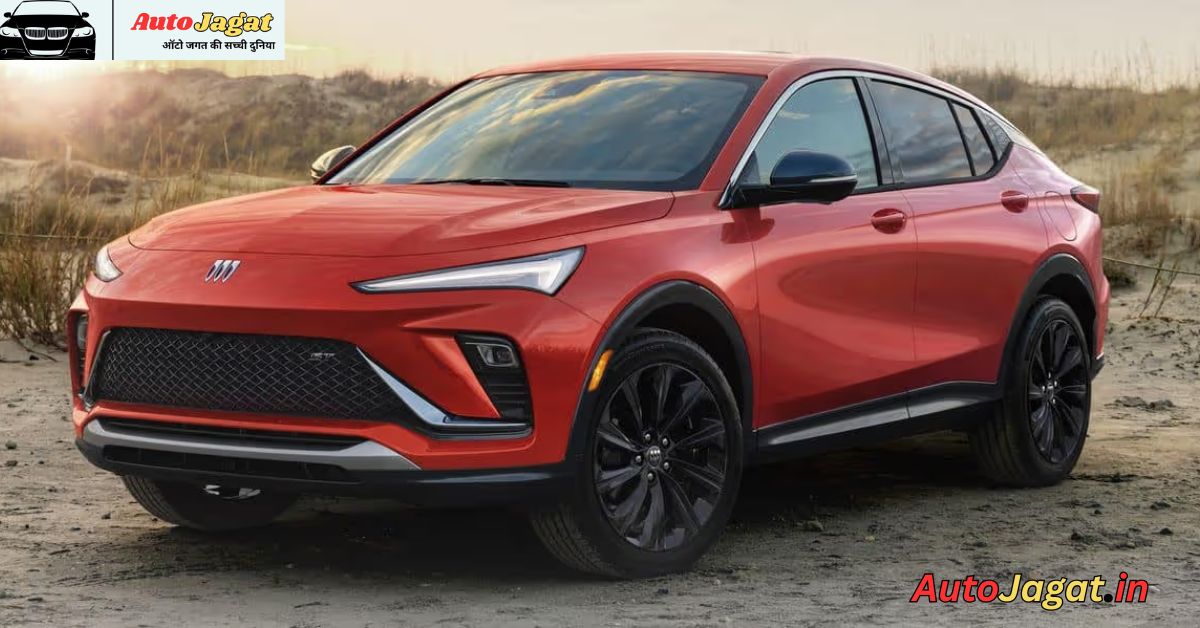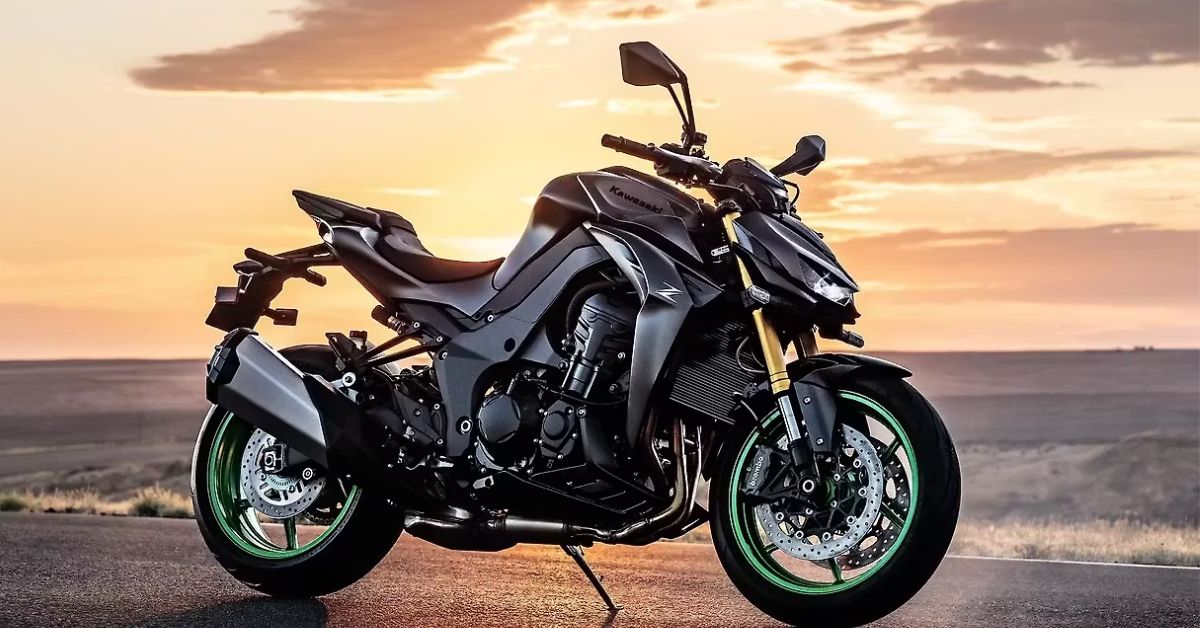In the world of supercars, the Honda NSX is something of an anomaly. While European brands like Ferrari and Lamborghini are known for their loud, dramatic flair, the NSX arrived on the scene in 1990 with a quieter kind of confidence. It didn’t need to scream to be noticed — instead, it whispered precision, balance, and reliability. Built with the spirit of a race car but the usability of a daily driver, the NSX reshaped what people thought a supercar could be.
The Origin Story
The idea behind the NSX — known as the Acura NSX in North America — was to create a sports car that could rival the best from Italy but with Honda’s engineering ethos: reliability, simplicity, and everyday drivability. At the time, supercars were temperamental machines that demanded compromises. Honda asked: Why can’t a supercar be thrilling and practical?
Development began in the mid-1980s, and the project gained serious traction when none other than Ayrton Senna, the legendary F1 driver, contributed to the car’s tuning. Senna’s input, especially in refining the chassis and suspension, elevated the NSX to a level of handling precision that rivaled — and in some cases, surpassed — its much more expensive European competitors.
A Revolution in Engineering
One of the most groundbreaking aspects of the original NSX was its construction. It was the world’s first production car with an all-aluminum monocoque body, which made it incredibly lightweight and agile. Under the hood, it housed a 3.0-liter V6 engine with VTEC (Variable Valve Timing and Lift Electronic Control) — a technology Honda pioneered and perfected. The engine produced 270 horsepower, which may not sound like much today, but it was more than enough in a car that weighed just under 1,400 kg (3,000 lbs).
The mid-engine layout gave the NSX perfect balance, and the ergonomics were refreshingly human-focused. Visibility was excellent, controls were intuitive, and it was genuinely comfortable — something you couldn’t say about many exotics at the time.
Supercar Performance, Daily Reliability
Perhaps the most remarkable thing about the NSX wasn’t how fast it was — though it could reach 0-60 mph in around 5 seconds — but how approachable it felt. It didn’t punish the driver for pushing it. It didn’t overheat in traffic. It started every time. Owners didn’t need to worry about costly maintenance rituals or mechanical tantrums. This was a supercar that could be driven to work, taken on long road trips, or even used for groceries — and then hammered around a racetrack on the weekend.
This duality made the NSX legendary. It proved that exotic design and engineering didn’t have to come at the expense of practicality. It was a driver’s car in every sense, but not at the cost of comfort or usability.
The Second Coming
After production of the first-generation NSX ended in 2005, fans waited patiently for a successor. It finally arrived in 2016, and while the second-generation NSX took a very different approach, it still honored the original’s mission: to bring cutting-edge performance into the real world.
The new NSX featured a twin-turbocharged V6 hybrid powertrain, with three electric motors assisting for instant torque and sharp handling. The total system output was a staggering 573 horsepower, delivered through Honda’s Sport Hybrid SH-AWD (Super Handling All-Wheel Drive) system.
While some purists missed the simplicity and analog charm of the original, the new NSX embraced a high-tech, futuristic philosophy — just as the original had in its day. It was more powerful, more complex, and undeniably faster, but it still wore the Honda badge with pride.
Legacy and Influence
The Honda NSX’s impact on the automotive world cannot be overstated. It forced Ferrari and others to rethink their approach to design and reliability. In fact, when the NSX was released, Ferrari engineers reportedly went back to the drawing board for their upcoming models, realizing they had to up their game.
More importantly, the NSX changed the perception of Japanese performance cars. It wasn’t just a great “Japanese” car — it was a great car, period. It showed that precision engineering, innovative materials, and driver-focused design could coexist in one package.
Final Thoughts
Today, both generations of the NSX are seen as milestones in automotive history. The original is a sought-after classic, revered for its purist driving experience and timeless design. The newer model, though discontinued in 2022, remains an underrated gem in the modern supercar landscape.
Whether you are a fan of its motorsport roots, its cutting-edge technology, or its role in redefining what a supercar could be, the Honda NSX stands tall as one of the most important cars ever made. It was — and still is — a car that dared to be different, and in doing so, changed everything.

Hello, my name is Himanshu Kumar and I am an experienced Digital Marketer. I have been blogging for the last 4 years and I have special interest in SEO. Here I give you easy bikes and writes easy-to-understand reviews and news about the latest bikes, helping readers choose the best options.. My aim is to always provide you with accurate, new and useful information.





